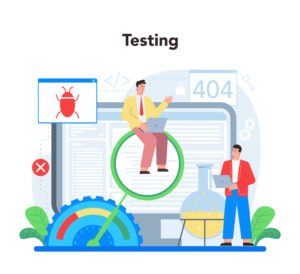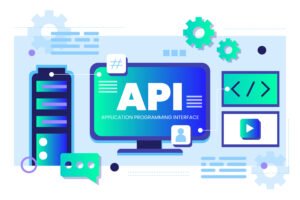In the fast-paced world of software development, quality can’t wait until the end of the cycle. By the time bugs are found in the later stages—during integration, staging, or even production—the cost of fixing them skyrockets. This is exactly why Shift Left Testing has become a game-changer for modern engineering teams.
In this article, we’ll explore what Shift Left Testing means, why it’s critical in 2025, and how you can adopt it to accelerate delivery while improving software quality.

What is Shift Left Testing?
Shift Left Testing is a quality assurance approach that encourages testing earlier in the software development lifecycle (SDLC)—instead of waiting until the build is complete.
The idea is simple: move testing activities “to the left” on the timeline. This means validating requirements, writing test cases, and automating checks from day one of development.
The goal? Catch defects early, reduce rework, and ensure continuous quality.
Why Traditional Testing Fails
In traditional waterfall or even late-stage agile models, testing often begins after the majority of development is done. This creates bottlenecks such as:
Late discovery of defects → leading to costly rework.
QA as a gatekeeper → testing becomes a blocker instead of an enabler.
High flakiness and poor coverage → rushed testing efforts that miss critical scenarios.
Release delays → quality issues surface right before go-live.
Benefits of Shifting Left
When QA starts earlier, teams enjoy multiple advantages:
Faster Feedback Loops – Developers know within minutes if a new change breaks something.
Reduced Costs – Fixing bugs in development is far cheaper than fixing them in production.
Better Collaboration – QA, Dev, and Product work closely from the start.
Higher Test Coverage – Automated tests cover APIs, integrations, and edge cases from the beginning.
Improved User Experience – Deliver features that are stable and reliable at launch.
How to Implement Shift Left Testing
Here’s a step-by-step approach for adopting Shift Left:
Involve QA from Day Zero
– QA engineers should participate in requirement discussions, sprint planning, and design reviews.Adopt API Test Automation Early
– Start validating services and integrations before the UI is ready. Tools like Home make this simple with no-code and AI-powered test generation.Integrate Testing into CI/CD
– Automate regression and functional tests as part of every build pipeline.Encourage Pairing
– Developers and testers pair up to write unit, integration, and API tests together.Measure and Monitor Quality Continuously
– Use dashboards and real-time reports to track defect trends, test coverage, and stability.
Common Challenges in Shifting Left
Transitioning to Shift Left isn’t always smooth. Teams often face:
Resistance from developers who see QA as “slowing things down.”
Lack of automation frameworks or skills.
Cultural silos between Dev, QA, and Ops.
Insufficient CI/CD maturity.
The solution? Start small, automate incrementally, and demonstrate wins early. Once the benefits are visible, adoption becomes easier.
Real-World Example
A fintech company adopting Shift Left reduced their defect leakage by 60% within three months. By introducing API automation in the first sprint, developers received instant feedback on integration issues. The result? Faster releases and improved customer satisfaction.
Final Thoughts
Shift Left Testing isn’t just a buzzword—it’s a mindset shift. By moving QA activities earlier, you reduce risks, improve collaboration, and deliver higher-quality software faster.
In 2025, with the rise of AI-powered automation tools like Home , adopting Shift Left is no longer optional—it’s essential for competitive advantage.
Ready to adopt Shift Left in your QA strategy? Explore how Home helps enterprises build resilient, automated, and scalable QA ecosystems from day one.











